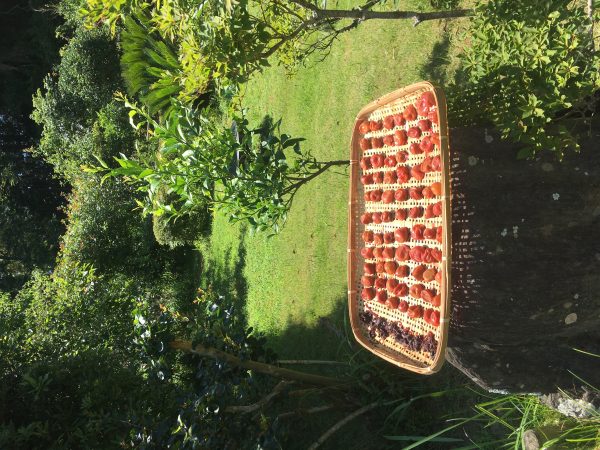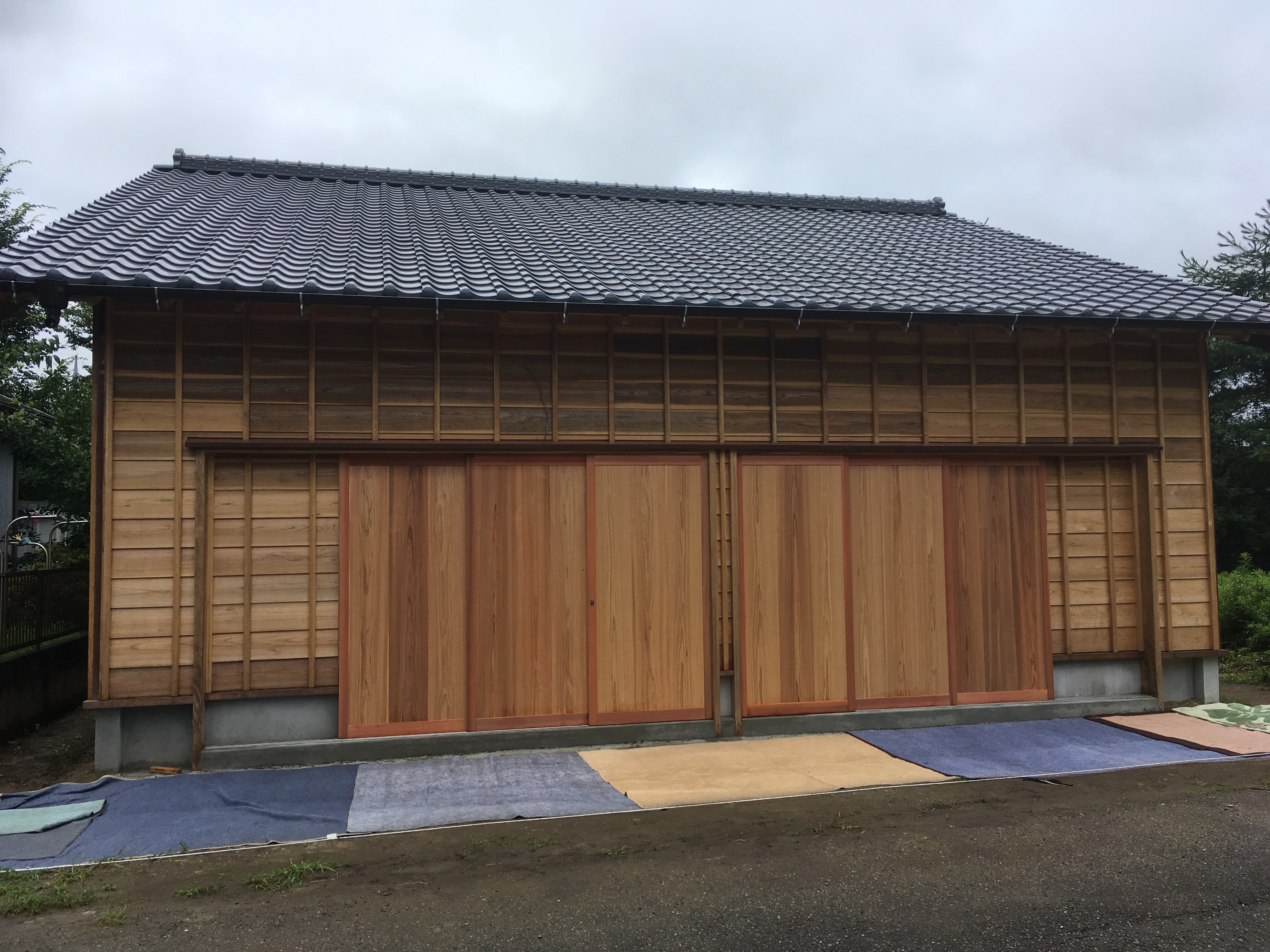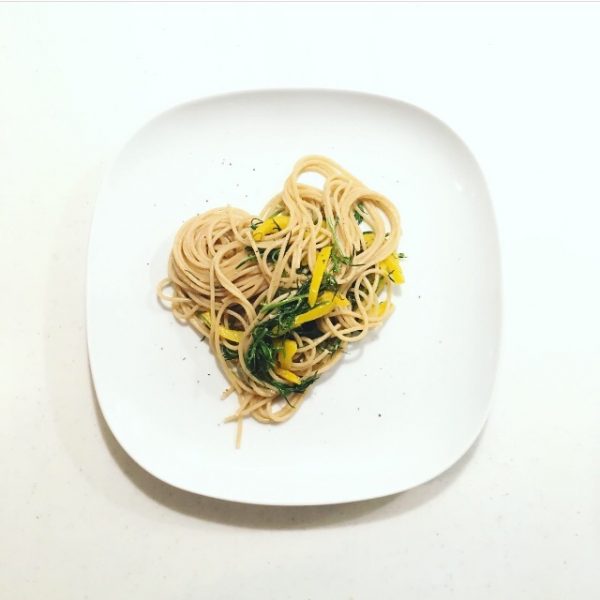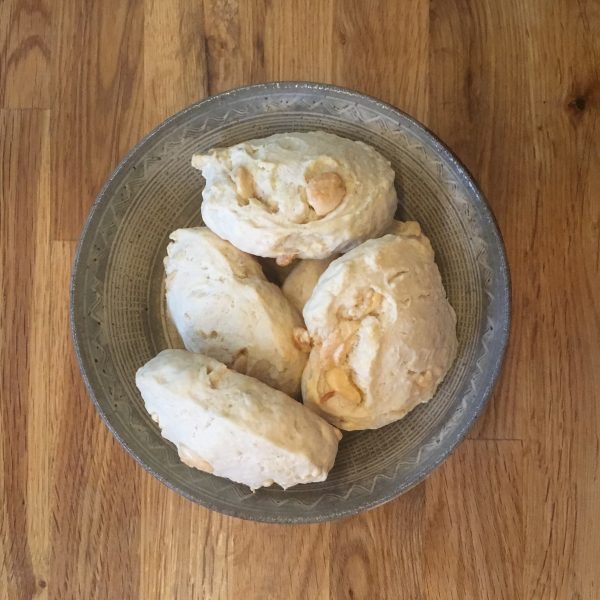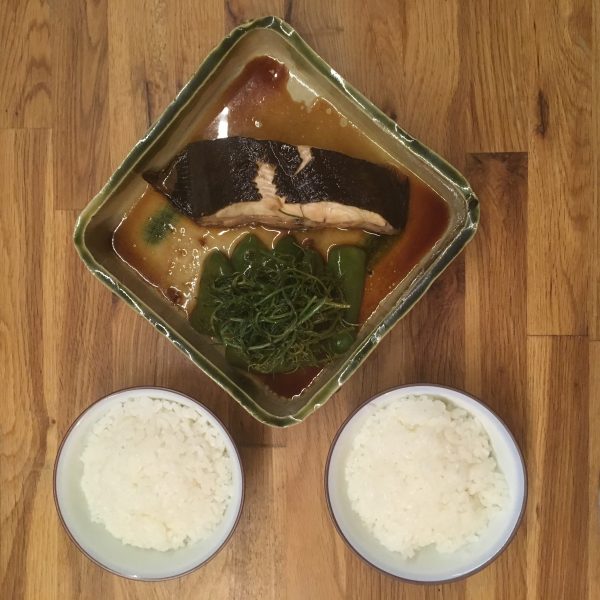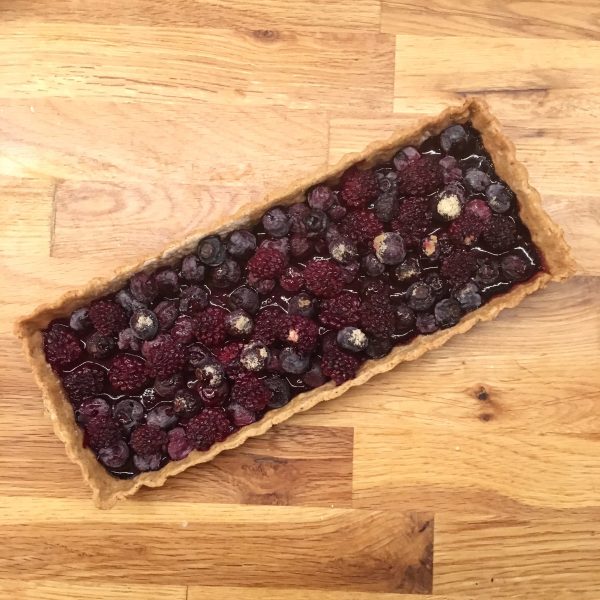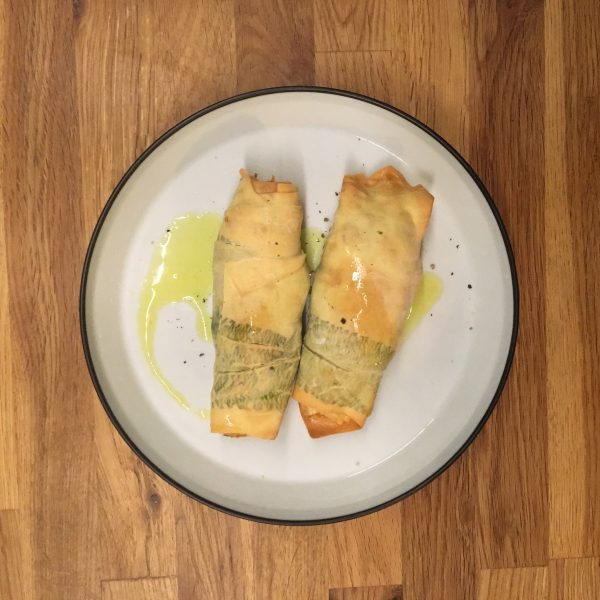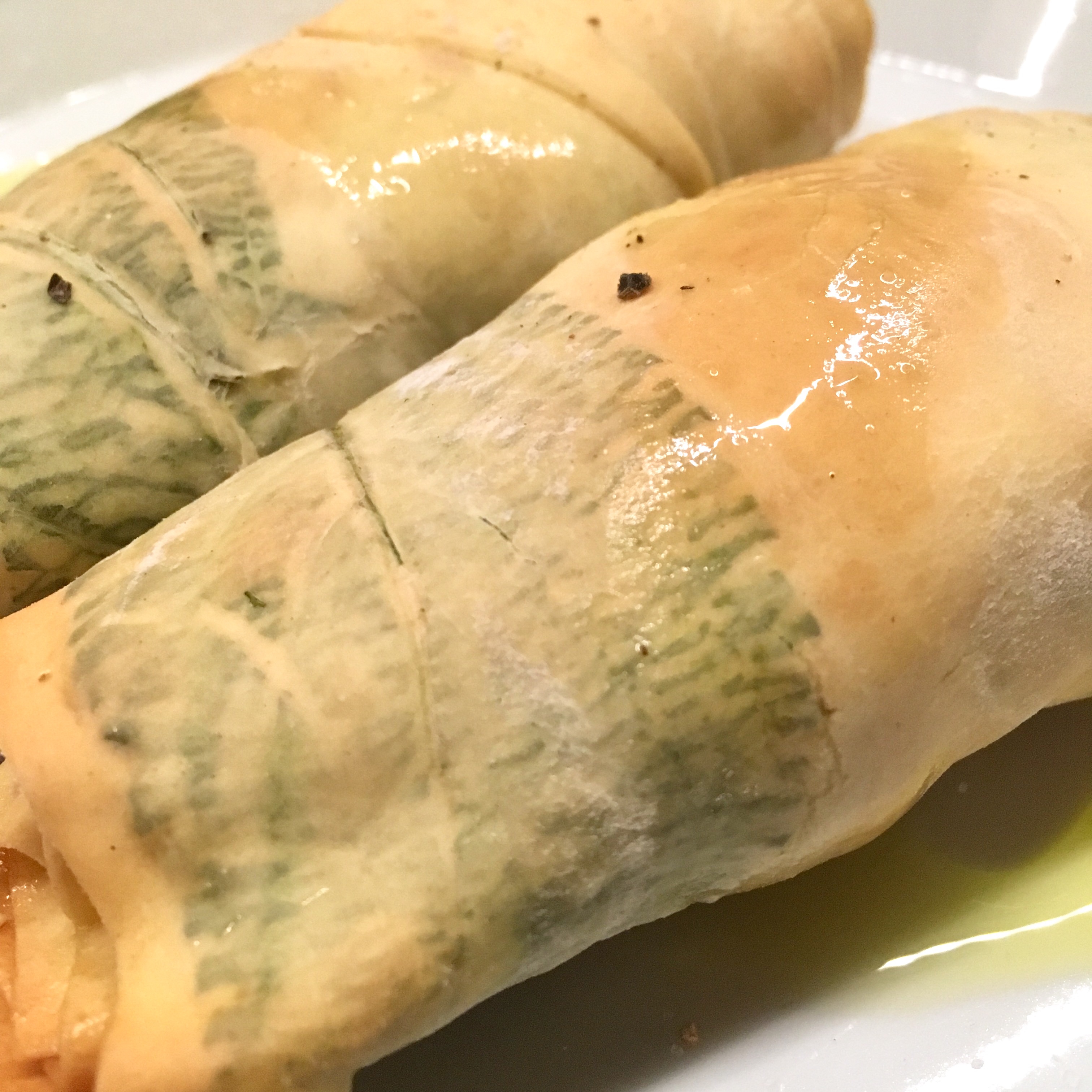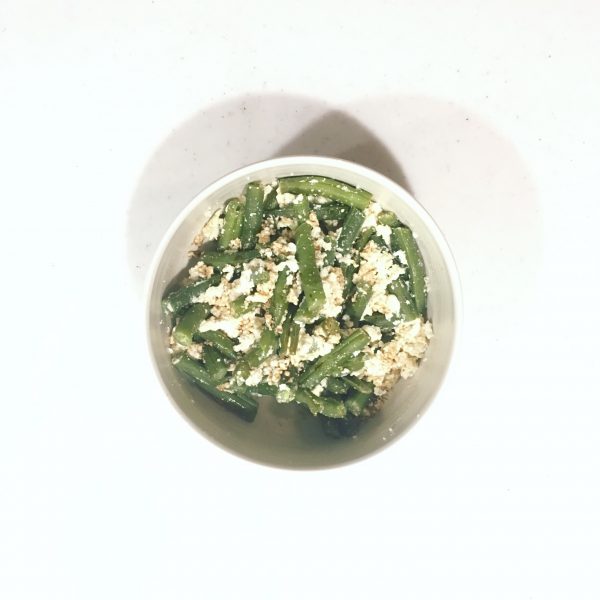A story of great success and massive failures…
Like every year in June I did my share of plum works. With a garden that produces a lot more fruits that I can handle, I actually spend more time picking fruits to give away rather then cooking them. This year I prepared umeboshi like every year, one for Tokyo and one for Isumi, one plain, one with red shiso. Things were looking really good with both until 3 days ago when I discovered that my preparation in Tokyo was covered with mold. And way too much of it to attempt any rescue operation. Everything went down the thrash… Hopefully the one in Isumi seems to have been doing well and with the beautiful hot weather this weekend it was the perfect day to take them out to dry.
One other thing I made this year was plum and red shiso syrup. Usually I prepare plain syrup, but this year I had some extra shiso so I decided to use it in the syrup. Plum syrup is delicious with cold or hot water and with sparkling water too. With the shiso I find it is much better cold. I gives a beautiful color to the drink too. A nice pink.
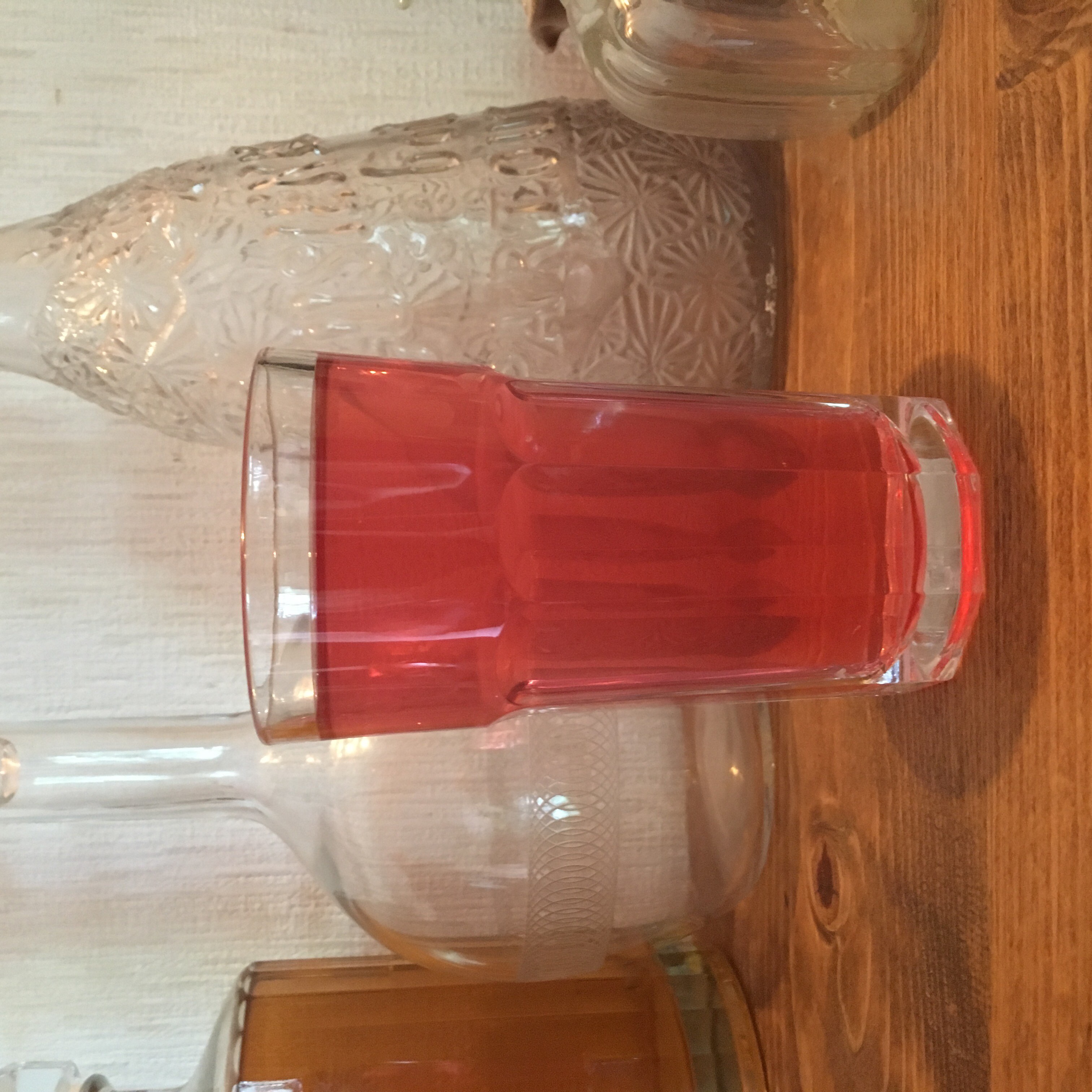
Finally, there was one thing I didn’t tested before but I have heard so much about is ume-su 梅酢, not to mistake with ume-shu 梅酒. Ume-su is the liquid you obtain when pressing the plums with salt and in which umeboshi bath until drying. It is basically a mix of fermented plum juice and salt. Ume-su is well known to combat summer heat and because of the salt and mineral it makes the perfect recovery drink. It is used like syrup diluted in water. The salty and plum flavors are super delicious, the one with shiso also. Now that I have tested it I love it and often use it together with syrup to have a good balance of sweet and salty flavor, a perfect drink to use after long time gardening in the heat or playing tennis!
The ume-su can be used to pickle vegetables: cucumber in plain ume-su, daikon, turnips, myoga… in the the shiso one. It will color the vegetables in pink so it’s better to use white vegetables. The ume-su can be kept indefinitely in the fridge for further use, so don’t trash it! If you didn’t have a chance to pickle plums this year, you buy ume-su only at JA shops and local coop shops.

